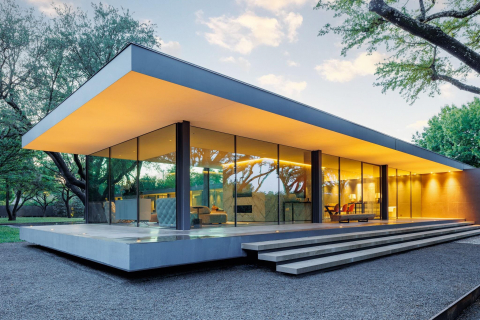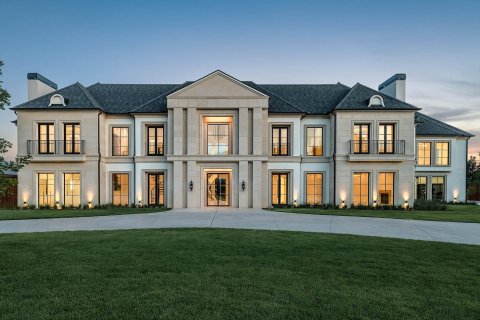Authentic Chinese Restaurant Opens in The Heights’ Hottest Development — M-K-T Gets a Sleek New Mala Sichuan With Design Cred
This Burgeoning Restaurant Empire Takes a Bold Step Into the Future
BY Laurann Claridge // 09.28.22The finishes and design details at the Mala Sichuan Bistro pay homage to owner Cori Xiong’s countryside homeland in Chengdu. (Photo by Bill Krampitz)
Restaurateur Cori Xiong has a true American immigrant’s success story to tell. A daughter of divorce, she arrived in this country at the age of 12 from her birthplace of Chengdu in the Chinese province of Sichuan. The young University of Texas grad opened the first Mala Sichuan Bistro in 2011 at the age of 25.
Eleven years later, she and her husband Heng Chen operate five Mala Sichuan Bistros, with restaurants in Houston’s Chinatown, Katy’s Asian Town, Sugar Land and Montrose. The latter boasts that it was the first authentic Sichuan restaurant to operate inside the loop. Now, Xiong and Chen are upping the ante with the opening of their fifth Mala Sichuan Bistro in the 12-acre M-K-T, a mixed-use development in The Heights designed by Michael Hsu Office of Architecture.
Gin Braverman, principal of Gin Design Group, was charged with creating an updated look for the storied Houston restaurant’s new iteration. She and Xiong make a perfect pairing. Braverman, an interior designer who has made quite a name for herself designing some of Houston’s most inspiring restaurant spaces, actually lived in Asia for a time and worked with a Taiwanese design firm. She brings a deeply personal appreciation and knowledge of Chinese culture and architecture to this new Mala Sichuan Bistro.
And the new restaurant space certainly leaves an impression. Beneath the soaring 20-foot ceiling, an oversized wooden abacus acts as a screen to separate Mala Sichuan’s entrance from the bar. One’s eye inevitably lands on the massive pagoda roof suspended above the dining room: Handmade by Sichuan artisans, it was constructed solely with wood joinery, with nary a nail or screw in sight.
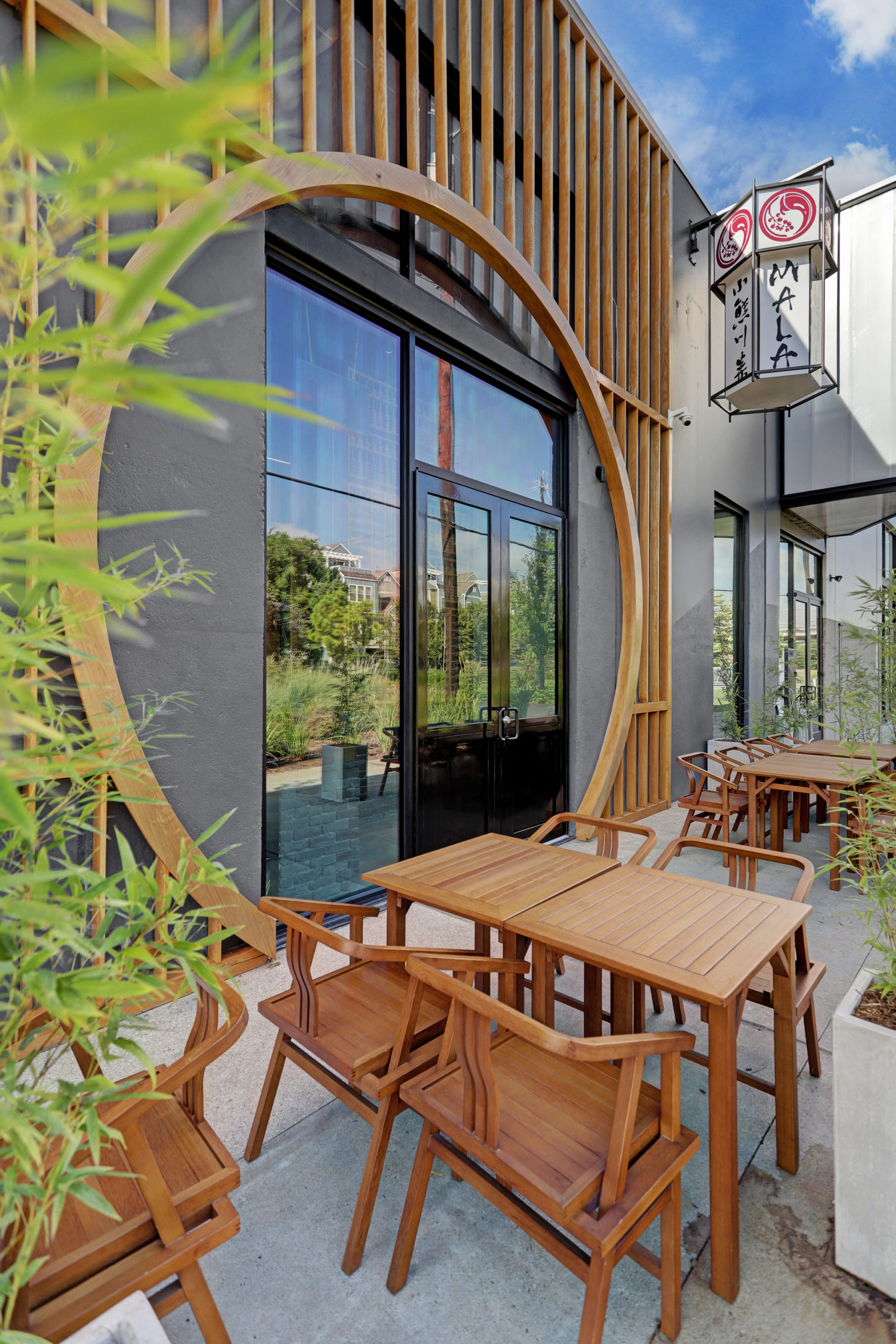
Braverman and her team recreated the bucolic Sichuan countryside with wall-hung round etchings that depict rural life, while floating above them are dozens of glowing fabric lanterns, which call to mind the wish lanterns set off in the sky on the eve of the Lunar New Year. The hand-plastered earthen walls are pressed with impressions of ginkgo leaves, while traditional clay roof tiles clad the exterior of the cocktail bar. This new Heights restaurant is the first Mala Sichuan to boast a full bar with beer, wine and specialty cocktails.
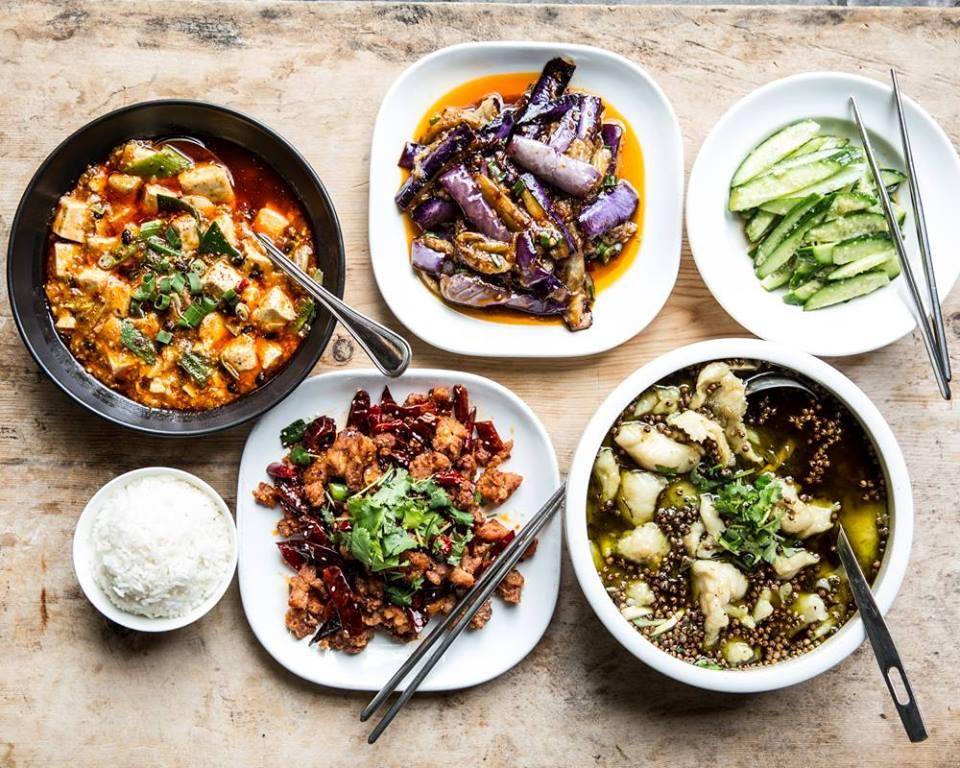
Sichuan food is widely known to be rather spicy — but, in reality, when properly prepared, the complex array of flavors highlights a variety and depth of flavors ranging from salty to sour, sweet to bitter and smoky to the spices that give a dish its heat. For the uninitiated, Xiong explains that the word Mala actually denotes two spice sensations.
“The Sichuan Province is particularly known to merge two types of spicy, ‘Ma’ and ‘La,’ in many of its dishes,” she says. “The ‘La’ flavor is the hot, tongue-searing result of capsaicin in chili peppers that Americans recognize from a variety of different cuisines, while the ‘Ma’ flavor is something else entirely.
“It refers to a slight numbing sensation caused by the Sichuan peppercorn, a type of dried berry that activates the touch sensory receptors of the tongue and mouth, making the nerve endings feel they are being lightly and repeatedly touched, which perfectly primes the palate for the ‘La’ spices.” For example, Mala’s Sichuan-style salt and pepper prawns possess the heat of the La, where a dozen battered jumbo shrimp are deep-fried then wok-fried with white onions and red and green peppers before the Ma — a seasoned powder that includes chili and peppercorn — is added to finish, making for a dish that lends heat to the tongue and a numbness to your lips ($20).
Unlike the American version of Chinese food that Xiong recalls seeing when her stepmother worked in a Chinese restaurant in the United States, where the food was unrecognizable to her, Mala Sichuan recalls the meals of her youth. Xiong has recruited graduate chefs from the Sichuan Higher Institute of Cuisine (akin to the U.S.’s Culinary Institute of America) to recreate the authentic regional food she so fondly recalls stateside.
Why Mala Sichuan Is Much More Than Just Fiery Food
To prove that Sichuan cuisine is more than a fiery feast, I dined on dishes that rounded out a variety of flavors, from slender Chinese eggplant sauteed in spicy garlic sauce ($14) to the unctuous Mala tofu pudding with silken tofu and Basa fillet braised in a thick sauce seasoned with garlic, ginger and fermented bean paste with peppers ranging from peppercorn oil and aged hot pot oil to the zing of ground Sichuan peppercorns ($17). The remarkable Dry Pot Beef is comprised of beef slices, potato, cauliflower, celery, lotus roots and king oyster mushrooms subtly spiced with dry red chili pods, whole Sichuan peppercorns, garlic and ginger ($20).
Don’t miss the Dan Dan Noodles, a popular street food made at Mala Sichuan with boiled wheat noodles tossed in the signature Mala spicy sauce and sesame paste along with seasonal greens, preserved vegetables and bits of spiced ground pork, topped with a scattering of chopped scallions ($9).
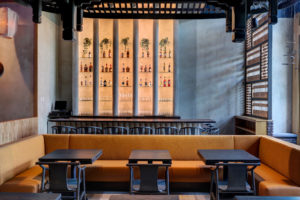
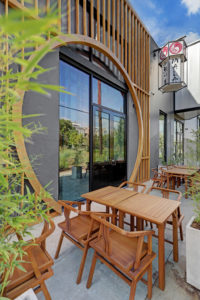
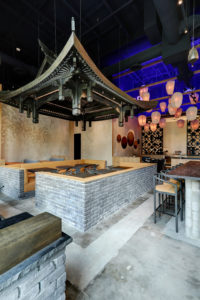
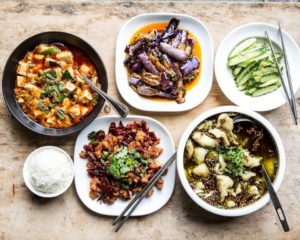



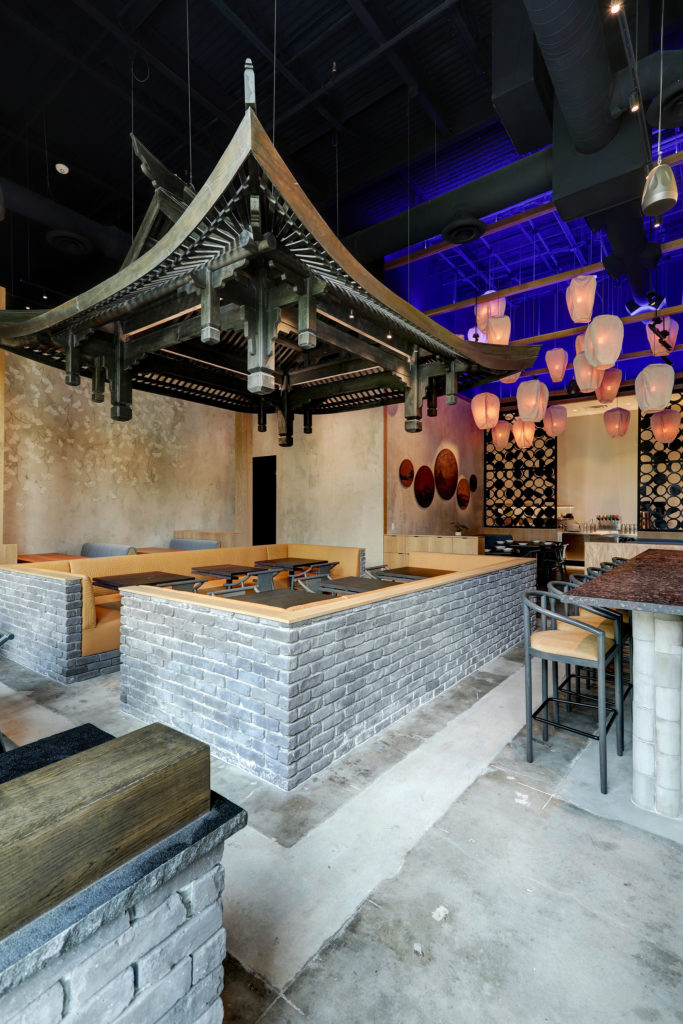

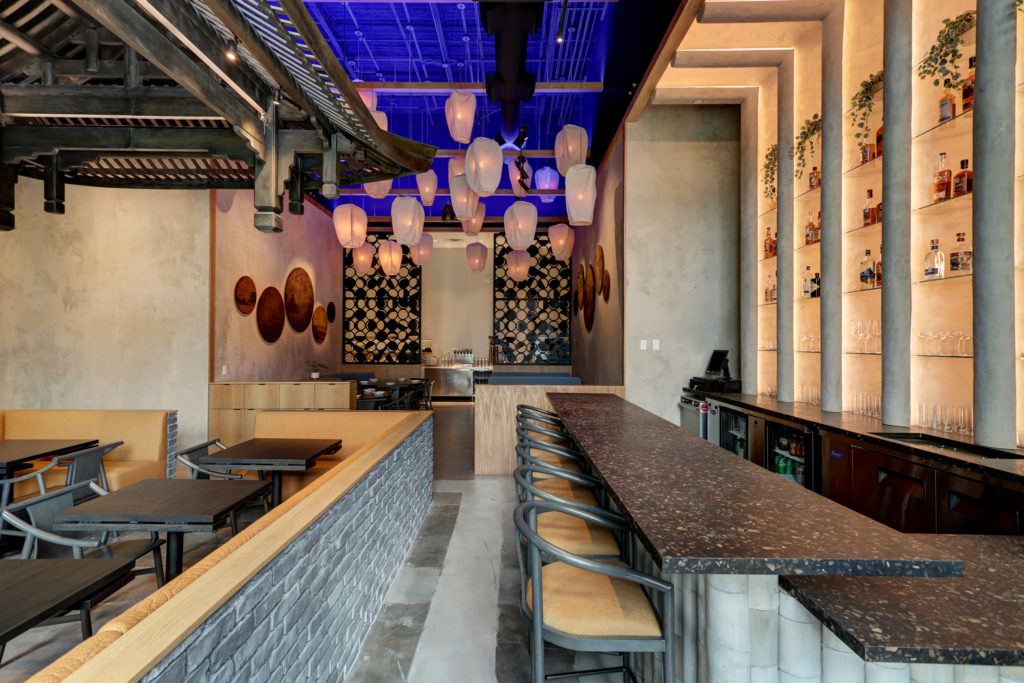




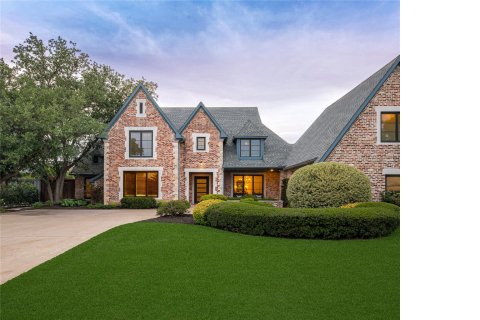










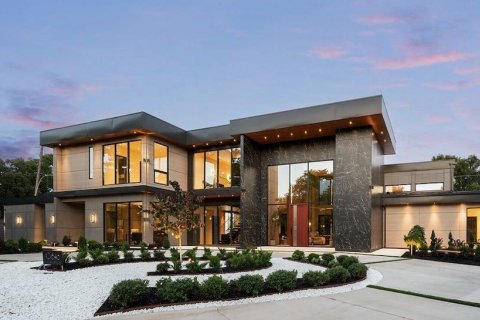

_md.jpeg)

